Contents
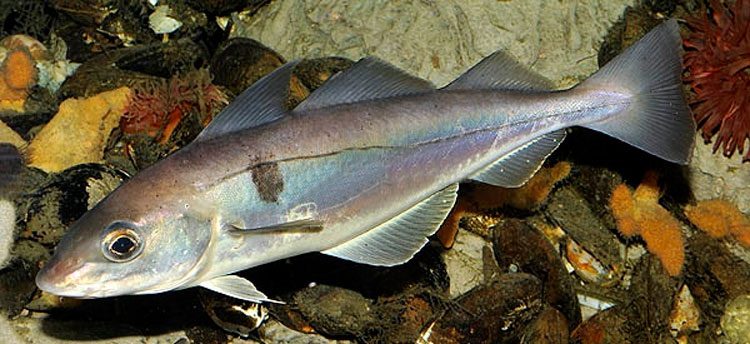
In the fish market, nowadays you can find different types of fish. You need to have money to buy. Here you can find both cheap fish and expensive ones. Some people prefer to buy haddock. Therefore, it makes sense to talk about this fish.
Haddock Features
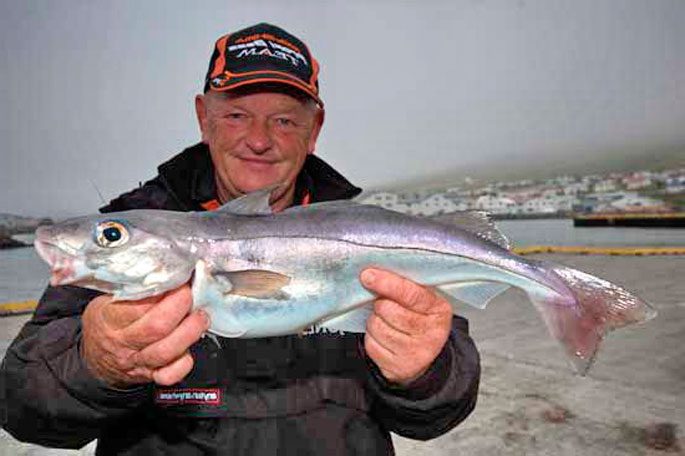
This is a marine fish that lives mainly in the waters of the North Atlantic, as well as in the Barents Sea.
Haddock can grow up to 1 meter in length and gain weight up to 15 kilograms. However, the average size of haddock has a length of up to 50 cm and a weight of 3 to 5 kilograms.
It belongs to the cod species of fish, so there is a well-known similarity. This is indicated by oval spots located on the sides of the fish. Haddock meat is characterized as white and dense, retaining its elasticity during the heat treatment.
Haddock meat goes well with many spices and products, so various dishes are prepared from it, including restaurant ones. It can be consumed fresh, smoked and dried. But, basically, on the market it is found fresh-frozen. Haddock is especially tasty if it is salted fresh.
The benefits of haddock
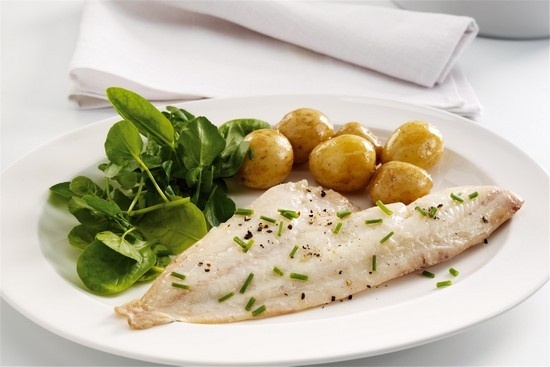
Many people prefer to buy and eat fish meat because it is much healthier than other meats of animal origin. Fish meat contains a sufficient amount of vitamins and minerals that have a positive effect on the human body. Fish is highly digestible because it does not contain a protein called elastin.
Haddock meat is not fatty, so it is perfect for diet food. This suggests that it will be useful for those who decide to lose weight. The main part of the fats, like in most fish, is concentrated in the liver of the fish, therefore, fat is rendered from the liver under industrial conditions.
Fish oil is usually used in medicine. Cod liver (including haddock) is a valuable food product. In this regard, on sale you can find canned food based on the liver. The composition of the liver includes omega-3 polyunsaturated fatty acids, which have a beneficial effect on the functioning of the central nervous system, on vision and reduce blood cholesterol levels. With the constant use of haddock meat, the body is saturated with selenium, which helps to improve the absorption of substances.
With regular use of fish meat, it is really possible to improve the condition of hair, nails, skin and mucous membranes. Haddock meat is especially useful for pregnant women and people weakened as a result of serious illnesses.
Contraindications and harm to haddock
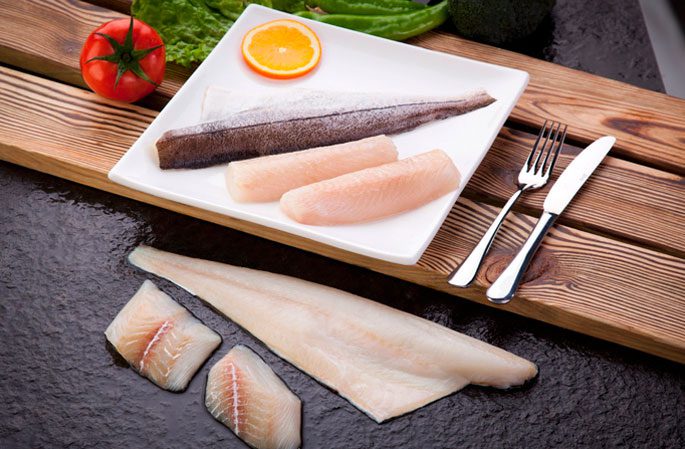
It is not recommended to use haddock for those people who have allergic reactions to seafood. As a result of the consumption of haddock by such people, anaphylactic shock is possible, which leads to serious conditions. This happens due to the reaction of the body to the protein contained, in this case, in the fish. The human immune system, mistakenly, for unknown reasons, perceives this protein as dangerous to health, which is why allergies occur.
There are also people who cannot tolerate fish products in general, or rather, their digestive system due to a lack of certain enzymes. This phenomenon can manifest itself with the first use of seafood, in contrast to allergies, which manifest themselves with repeated use.
In fact, such disorders are quite rare, and seafood meat has only a positive effect on the human body.
Haddock Cooking Methods
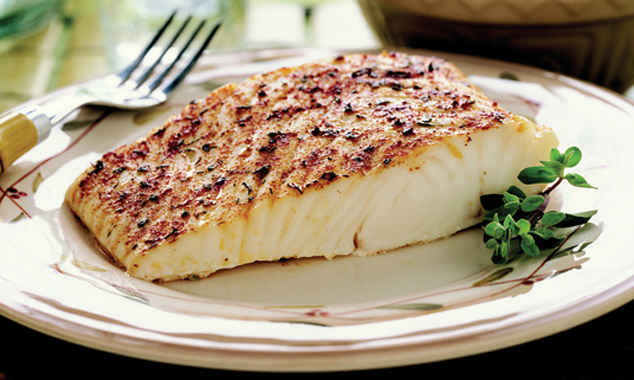
This fish is distinguished by the fact that it has a thin and soft skin, which simplifies the process of cleaning it. Haddock can be cooked in a variety of ways. For example:
- Roast.
- Will wither
- Salt it.
- Sooty.
- Dry.
- Boil.
- Marinate
- Bake in the oven.
How haddock is fried. There are several options for cooking haddock in this way: it can be simply fried in a pan, deep-fried or battered. To do this, the fish is cut, washed and dried, after which it is cut into pieces. After that, it is placed in breading or batter. Then the fish is placed on a heated frying pan greased with sunflower oil and fried. At the same time, it is very important not to overcook the fish, otherwise it will turn out to be dry and tasteless.
How to wither haddock. To do this, the fish should be cut and soaked under oppression in a very salty solution. The fish is kept in this state for a whole week, after which it is taken out, dried and soaked. After that, the fish is hung upside down in a warm place, but in a draft. Although it turns out to be a little dry, many people like it in this form.
How to smoke haddock. To begin with, the fish is placed in a brine prepared according to one of the recipes, after which it is placed in a smokehouse, where the fish is smoked for 30 minutes. Many people think that alder wood is not suitable for smoking haddock, as their smoke makes it bitter.
How fish is dried. This is a process that is applied to many types of fish. The main thing is that the fish should be dried so that parasites do not settle in it. It must be wrapped in gauze or placed in a special, closed place with a suitable temperature.
How haddock is cooked. Boiled haddock, like any other fish cooked in the same way, retains almost all the beneficial properties, so this cooking is considered “healthy”. Boiled fish can be used to prepare “healthy” salads. During cooking, the meat retains its white color and is easily divided into peculiar “slices”.
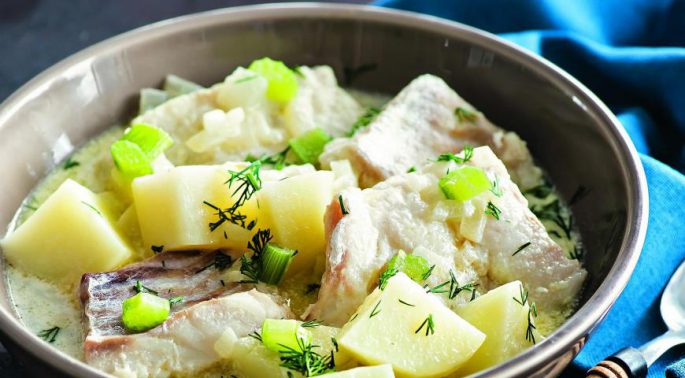
How haddock is marinated. Anise, allspice and coriander are most suitable for preparing the marinade. In addition to them, be sure to add onion, vinegar, salt and sugar. The marinade is brought to a boil before use, after which it is allowed to cool to room temperature and pieces of fish are poured. In this case, the pieces should be completely immersed in the marinade.
How haddock is baked. Once haddock has been boiled, the method of roasting it is also considered a “healthy” cooking method, as most of the nutrients are retained in the fish. It is baked in foil, but before that it needs to be grated with the necessary spices.
Haddock fish is the basis for the preparation of various dishes, such as meatballs, cutlets, dumplings, pate, fillings, as well as first courses.
Fried haddock with potato quenelles
Haddock calories and nutritional value
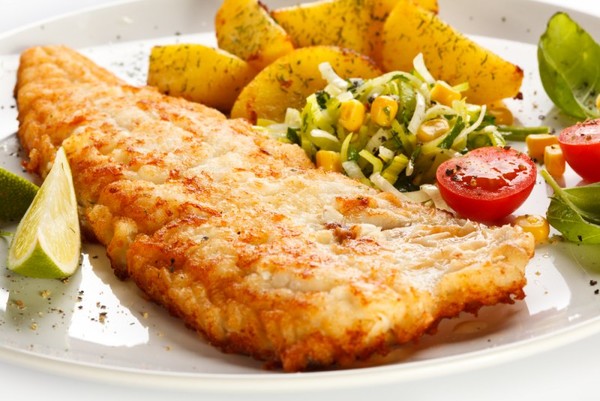
100 g of haddock contains the following substances:
- Protein – 24 grams.
- Fats – 0,95 grams.
100 grams of a piece of fish contains only 112 calories. In addition, the meat contains the following minerals:
- Magnesium.
- Sodium.
- Phosphorus.
- Calcium.
- Folic acid.
The content of such vitamins is also noted:
- Vitamin A.
- Vitamin B.
- Vitamin B12.
- Vitamin D.
How haddock is stored
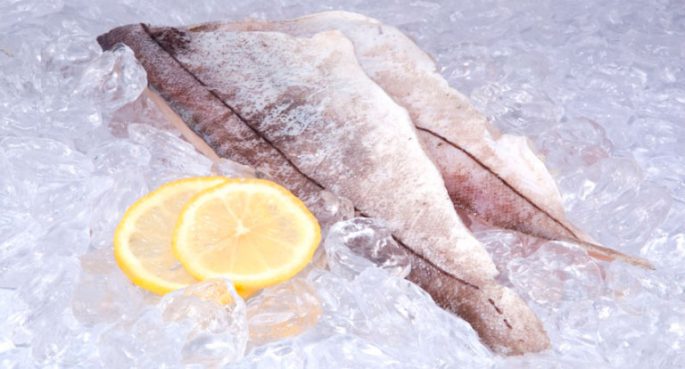
Fresh haddock is stored for no more than 2 days in the refrigerator, on the bottom shelf. For long-term storage, it is better to freeze it if it is not cooked in the next 2 days. If the fish is cleaned before that, then it can be stored in the freezer for up to six months.
Haddock is a fish, the use of which can only be beneficial for both children and adults, not to mention those people who suffer from a lack of nutrients in the body.









